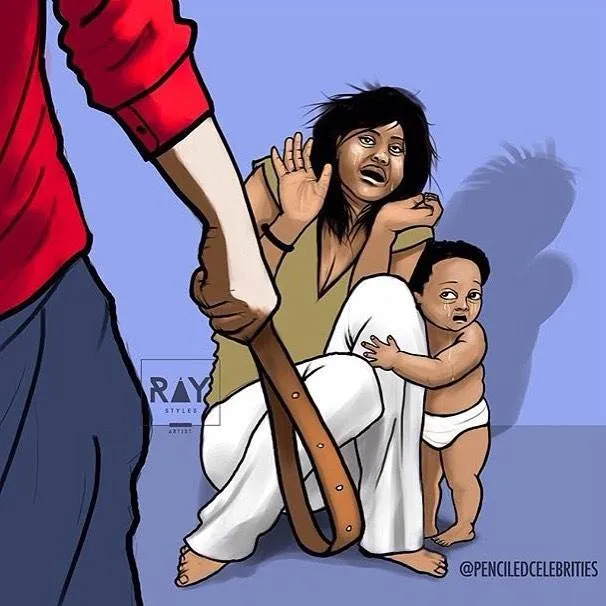Domestic Abuse, also referred to as domestic violence, is abuse peculiar to any domestic setting. Also commonly called family violence, it is prevalent among married or cohabiting individuals.
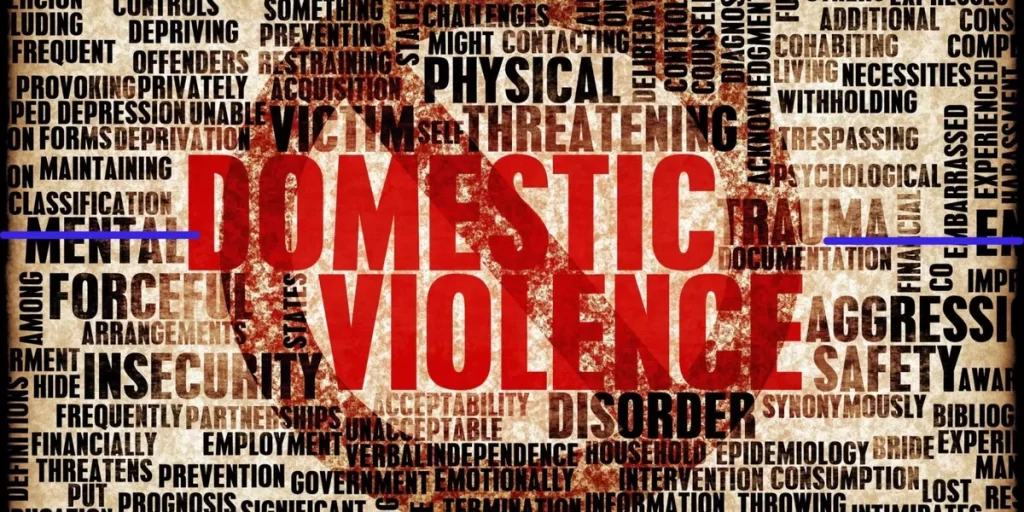
Another common term used for domestic abuse is ‘intimate partner violence’. This happens when one of the people in an intimate relationship commits abusive actions against the other. Domestic abuse varies from the involvement of children, parents, females, or the elderly. In rare cases, it involves the male gender.
Read Also:
Domestic abuse takes different forms, including s3xual, verbal, economic, religious, physical, emotional, or reproductive abuse. It could also evolve maliciously into the beating, strangling, genital mutilation, harassment, rape, and in the worst-case scenario, death.
Some traditions that may believe in any form of dehumanizing an individual are also categorized under domestic violence instigators. This includes stoning, burning, ritual killing, dowry death, etc.
Domestic Abuse Definitions
In modern times, domestic abuse was first used to mean ‘violence in the home’ in 1973. Jack Ashley used it in his address to the United Kingdom Parliament.
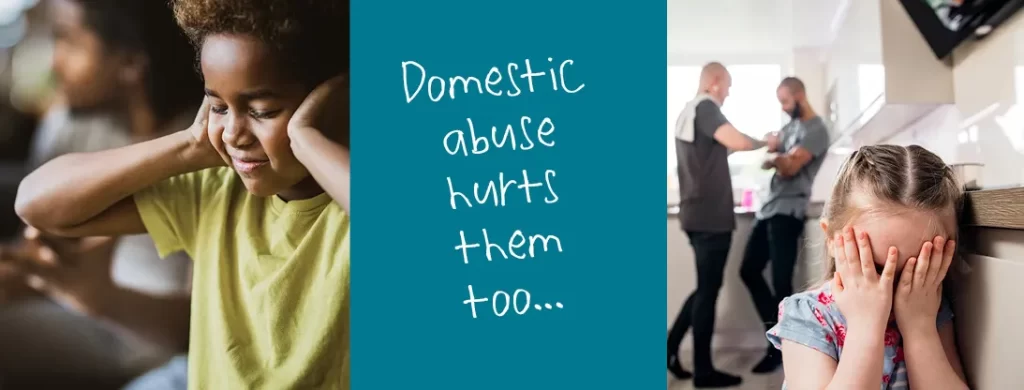
Before then, the term primarily translated to ‘civil unrest’ – domestic abuse evolving within a country. It becomes international violence when a foreign authority abuses or violates the freedom of neighboring nations or its representatives, as the case may be.
Conventionally, domestic violence translates to physical violence. This could occur in various forms, such as wife battering, strangling, wife beating, abuse, and female genital mutilation. Recently, this has grown into less or zero physical abuse as the female gender has become a perpetrator, and more cases of same-s3x relationships exist.
The newest and widely accepted definition states that “all acts of physical, s3xual, psychological or economic violence” that a family member, cohabitant, or intimate partner commits is domestic violence.
Intimate partner violence often ensues between couples. This means intimate partner violence may exist in marriages, cohabitations, or even non-cohabiting but intimate partners. According to the World Health Organization (WHO), controlling the behavior of these aforementioned is also a form of abuse.
In a broader sense, Family Violence is all other violent actions between family members. This may include child abuse, and elder abuse, among other forms.
The UN Declaration on the Elimination of Violence Against Women defined domestic violence in 1993 thus: Physical, s3xual, and psychological violence occurring in the family, including female genital mutilation, battering, dowry-related violence, s3xual abuse of female children in the household, marital rape, and other traditional practices harmful to non-spousal violence, women, and violence related to exploitation.
RELATED ARTICLES:
Domestic Abusers and Victims
The World Health Organization (WHO) estimates that 1/3 of all women are prone to domestic abuse cases at some point. This is why the world accepts that most domestic violence victims are women. They overwhelmingly experience violence in its most severe forms.
Domestic abuse results in a greater percentage of female homicides than male homicides worldwide WHO states that an intimate partner commits circa 38% of female homicides globally.
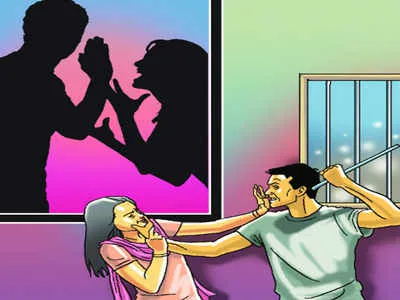
While former or current intimate partners in the US commit more than 50% of female homicides, 37% of murdered females were murdered by an intimate partner, 31% greater than men. In the same vein, an intimate partner is responsible for the death of 40 to 70 percent of women in Canada, Australia, South Africa, Israel, and the US.
Because women often tend to use intimate partner violence in self-defense more than men, some countries and cultures justify or legally permit this act, particularly in cases of actual or suspected infidelity on the part of the woman.
According to established research, a country’s rates of domestic abuse and level of gender equality are directly and significantly interwoven, especially when countries with less gender equality experience increased rates of domestic violence.
Domestic abuse exists as the most underreported crime worldwide among men and women. This is due to the social stigmas concerning male victimization – male victims of domestic violence face a high possibility of being overlooked by healthcare providers.
In domestic abuse, the abuser often feels or believes it is their right and should be acceptable or justified therefore, they act normal. This increases the chances of raising a mixed generation of violence in children, other family members, and society. Invariably they feel that such abuse is acceptable or tolerable.
Many abusers or victims do not see themselves as ‘different’ because the perception, awareness, definition, and resonation vary from one country or culture. Some may even accept the behavior as a genetic affliction that is uncontrollable.
Furthermore, domestic violence is a common context for forced or child marriages in a typical African setting, especially in Nigeria.
Common Effects of Domestic Abuse
For example, abusive relationships may consist of a reoccurring series of action-cycle where the cohabitant commits an act of violence in the event of rising tension and reconciles with their partner after getting calm.
This may lead to the victim being trapped in domestic violence and its aftereffect of isolation. The victim may be trapped in the abuser’s power and control, their own traumatic bonding to the abuser, cultural acceptance, lack of financial resources, fear, and shame. In more prevailing cases, they want to protect their children.
More importantly, nothing could be compared to the health challenges that emanate from domestic abuse. Victims could experience mental illness, limited finances, poor ability to create healthy relationships, chronic health problems, physical disabilities, and dysregulated aggression.
The prevalent effect of domestic violence is severe psychological disorders, such as post-traumatic stress disorder (PTSD).
Children living in a violent household often show psychological problems early on, such as avoidance, hypervigilance to threats, and dysregulated aggression, which may contribute to vicarious traumatization.
Effect of Domestic Abuse on Children
An increasingly popular acknowledgment is that a child victim of domestic abuse will be damaged psychologically and in the process of development.
In the mid-90s, the Adverse Childhood Experiences Study discovered that children’s exposure to domestic violence and other forms of abuse increased their risk of developing mental and physical health problems.
The child’s emotional, social, behavioral, and cognitive development is generally impaired because of their awareness of domestic violence. Some of these problems caused by domestic violence include changes in how a child socializes with family, friends, and authorities, anxiety, and increased aggressiveness.
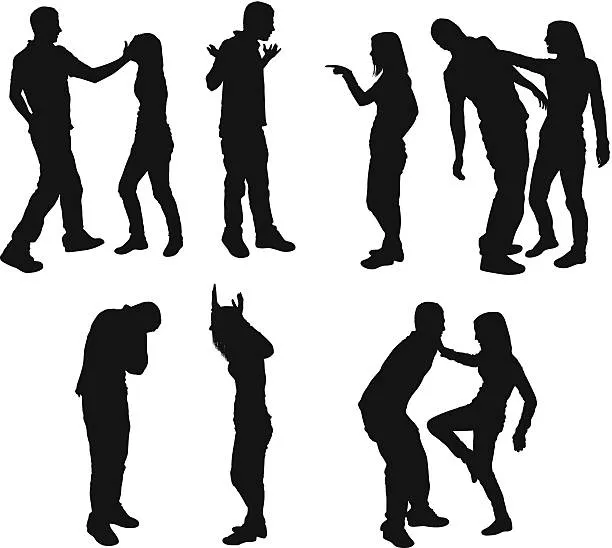
These could result in emotional insecurity, depression, and mental health disorders if the experiences are too traumatic. The child may start experiencing attitude and cognition problems in school and a decline in problem-solving abilities.
In the case where abusers purposely violate the parents in the presence of the children, a ripple effect could ensue. This means the children are also affected, especially when they seem to intervene or resist the abuser. They end up getting exposed to major physical and psychological injuries. In the worst cases, the child dies.
According to findings, a child who witnesses their mother’s assault would most likely exhibit PTSD symptoms. The effect is more severe if their assaulted mother develops PTSD and does not seek timely treatment. The latter makes it difficult for the parent to assist their child in processing the domestic violence they witness.
SEE: Best Christmas Gifts for your Parents
Types of Domestic Abuse
Domestic abuse has different intents or modes. This varies from severity to frequency, outcome, and purpose.
This, therefore, means that domestic violence could take different forms, such as kidnapping, unlawful imprisonment, harassment, intrusion/trespassing, intimidation, s3xual abuse; passive/covert abuse; deprivations (s3xual, financial, social, religious, etc.); controlling or dictation; intimidation; stalking; and economic deprivation or physical assault or coercion (slapping, hitting, acid mutilation, kicking, strangling, biting, suffocating, slapping, punching, flogging, starving, etc.) or threats.
The types of domestic abuse include:
- 1. Physical abuse – coercive control, isolation, manipulation, threats, intimidation, and other physical limitations pertaining to self-freedom or self-abuse (sleep deprivation, alcohol abuse, forced drug, denying medical care).
- 2. s3xual – any s3xual act, attempt to coerce a person or living thing into receiving s3xual comments, s3xual act, acts to traffic, or advances, against a person’s s3xuality (WHO).
- 3. Emotional – public humiliation, minimizing, unrelenting criticism, constant personal devaluation, threats, isolation, coercive control, repeated stonewalling, etc.
- 4. Economic – exploitation of a victim’s economic resources, preventing spouses from resource acquisition, limitation of resource usage, restricted access to asset acquisition, education, career development, or employment, etc.
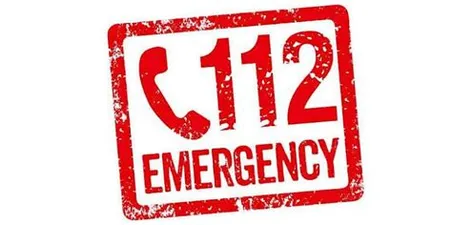
Ways to Manage Domestic Abuse
Domestic abuse can be managed through counseling, law enforcement, and medical services. It could also be prevented.
- 1. Counseling: The effects of domestic abuse can be managed through counseling sessions. This includes presence assessment and finding out the extent and types of abuse the victim is involved in. Some of the means of assessment may include;
i.) Lethality assessment – determining the best course of treatment for a client and helping victims identify dangerous behaviors and malicious abuse in their relationship.
ii.) Safety planning – This allows the victim to prepare for precarious circumstances they may encounter. It is effective even in cases where victims decide to remain with their abusers.
- 2. Law enforcement: A community, state, or country’s laws should be stringent to cater to domestic violence victims. For example, the North Carolina law (U.S) defines states that for an assault to be considered domestic violence, it must occur between people who share one of these personal relationships such as parent and child, current or former spouses, current or former couples, family members, other blood relatives, and roommates.
In contrast, even though domestic abuse is a violation of fundamental human rights in Nigeria, the Nigerian Constitution still has provisions that make domestic violence against women legal. For example, the provision of the Penal Code, which is applicable in the Northern part of the country, specifically encourages violence against women. The law allows a wife to be beaten for the purpose of correction (Section 55 (1) (d) of the Penal Code).
- 3. Medical Services: Medical treatment may include checkups with family physicians, primary care practitioners, or emergency physicians.
READ ALSO: What is Political Apathy
FAQs About Domestic Abuse
There are rules based on health and safety issues. No alcohol or illegal drugs or activities are allowed on the premises.
They are not! Children, no matter how young, can hear, see and sense the violence. Therefore they are also a victim.
Definitely! That is why we have provided below the emergency/help contact peculiar to every country of the world. So irrespective of your location anytime, you can reach out through those contacts for help.
You could find a way to help as long as you won’t be in danger. For instance, you could call the police anonymously. That means you’ve saved a life or lives.
There may be many reasons. Some of these may include financial needs, fear that they may be found, fear that she or her children could be murdered, more severe threats to life, societal shame, work harassment/victimization, promises of change, and threats of suicide, among many other reasons.
Suggested Prevention Techniques Against Domestic Abuse
- 1. Supporting global reform projects by international organizations. An example is the UN Sustainable Development Goal sixteen (16). This sets a goal to end all forms of domestic violence through demand for effective institutions and global advocacy.
- 2. Reformation of the legislation (e.g., repealing existing laws that discriminate against women).
- 3. Victims or potential victims, irrespective of their countries, can visit here for emergency numbers to call for help.



